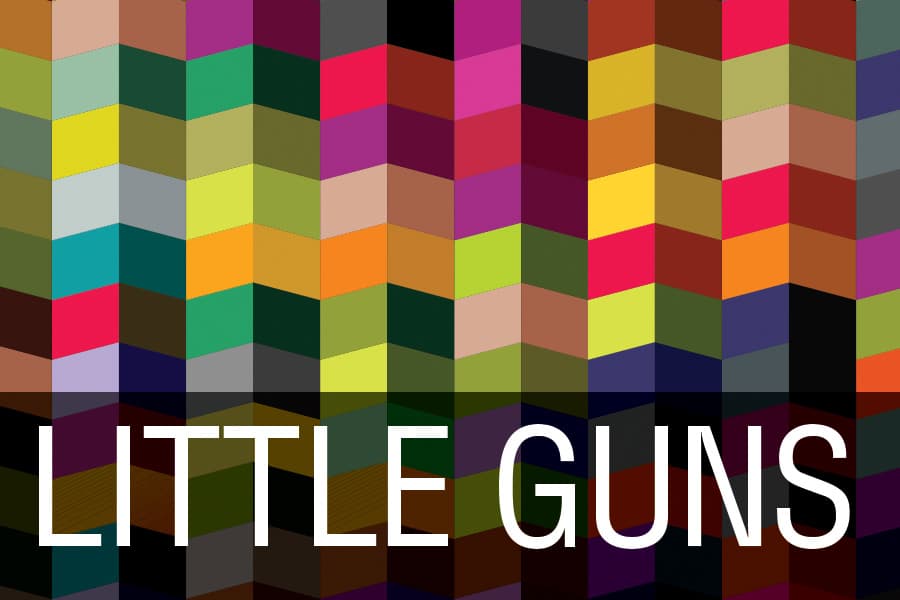The world is waiting for the ‘new normal’ since the outbreak of the COVID-19 pandemic. In itself, it’s an acceptance that things will never be the same; but just how different will they be? There is a huge gap between the subliminal acceptance of an undefined, somewhat vague, even ephemeral, ‘idea of change’, and the reality. And it’s global; in the UK for example, the economy is predicted to shrink by some 14%; they need to go back some 314 years to find a similar contraction. In 1706, Queen Anne was on the throne, England and Scotland were united, the first Duke of Marlborough defeated the French at Ramillies; that year, military expenditure, a disastrous harvest and unprecedented weather shrunk the economy by 15%. Since then, there’s never been a year as bad; until now!
The ‘new normal’ will be represented by far more than just greater numbers working from home, perhaps less traffic at peak times and the increased use of video meetings.
The ‘new normal’ signals a new era and it will affect our industry dramatically.
As it stands, we live in a consumer society; we want things and we buy them, mostly from shops. And why do we buy things (goods and services)? Simple; because we can. But that ability to buy is quite new to us; go back just 100-years or so and it was all very different. In 1900, in the then, modern, western world, about 43% of income was spent on food; a further 31% on housing with clothing accounting for 14%. That totals 88% – and remember, the ‘food’ was basic; less than 15% of people owned their own home so within just ‘food, clothing and shelter’, there were many ways to spend the ‘excess’ 12%. The reality is, there was no such thing as ‘discretionary income’. So, after people had bought what they needed, they didn’t buy things they wanted – because they couldn’t.
The ‘Age of Consumerism’ arrived around the 1950s, not long after the end of the Second World War. The first shopping centres appeared in the 1950s, mostly in response to increasing consumer demand. We’re now well into 2020, some 70 years after the birth of the age of consumerism; it may well have flourished, unchallenged for another 30 years or so, but the coronavirus is notorious for attacking over 70 year olds, or certainly weakening them! The ‘Age of Consumerism’ is waning; this has real implications for our industry. Those readers who are younger will need to pay heed; the road to success will lie in adapting our product (the shopping centre) to meet the new demands of our market. Our market will still have discretionary income; our market will still spend, but what they spend it on will change.
It won’t be a shattering, or sudden change; it’ll be subtle, but it won’t be lengthy; within 5-10 years, consumer spending, as it now is (or was before the virus) will be a feature of the past. All this ‘change’ has happened before; the difference this time is its speed. Coronavirus is the accelerator!
Consumption of convenient, inexpensive, short-lived items will give way to those of quality, value and lasting attributes. A woman who (for example) purchases 10 pairs of shoes a year, will spend the same amount of money on say, 5 or 6, even 4 or perhaps even 3. So, probably the number of shoe stores will diminish but the quality will improve. This will be the case across the board, in the jewellery category, fashion, homewares and a host of others.
So, what will replace them? Undoubtedly, in part, by ‘services’ retail. More fitness venues, specialised – creative and aerobic dancing for example; more ‘specialist food shops’ – delicatessens, boutique butchers, specialist bakers and so on. What’s new? Nothing; tenancy mixes have always been in transition – this time though, significant change will be quicker.
We should remember though, that this crisis affects and will affect all of us. Not just the shopping centre managers, leasing personnel and marketing executives, but also the portfolio managers and those representing the ownership vehicles. ‘Risk’ must be re-assessed; it is no longer feasible to see the solution for the future, as one in which the ‘old’ norms are re-established. For centres to achieve future growth, some chances need to be taken, some new leasing methods adopted, new strategic alliances between new retailers and marketing executives need forming.
But; we are fortunate. This is a ‘world-wide’ problem for our industry, yet the Australian shopping centre expertise is the most advanced in the world. There’s no one to follow; no one can ‘show us the way’. We’re ‘it’ and what we do, will be copied.
Is there a hint anywhere? Might seem a bit ‘out there’, but Scentre Group doesn’t call its portfolio ‘Shopping Centres’ anymore; they’re ‘Living Centres’. Not just a smart advertising quip, a fresh ‘banner statement’ or a clever ‘re-branding’. There’s social commentary behind it. One consequence of the coronavirus epidemic is universally accepted; lifestyles will change. What better place to exploit such change than a ‘Living Centre’!





















